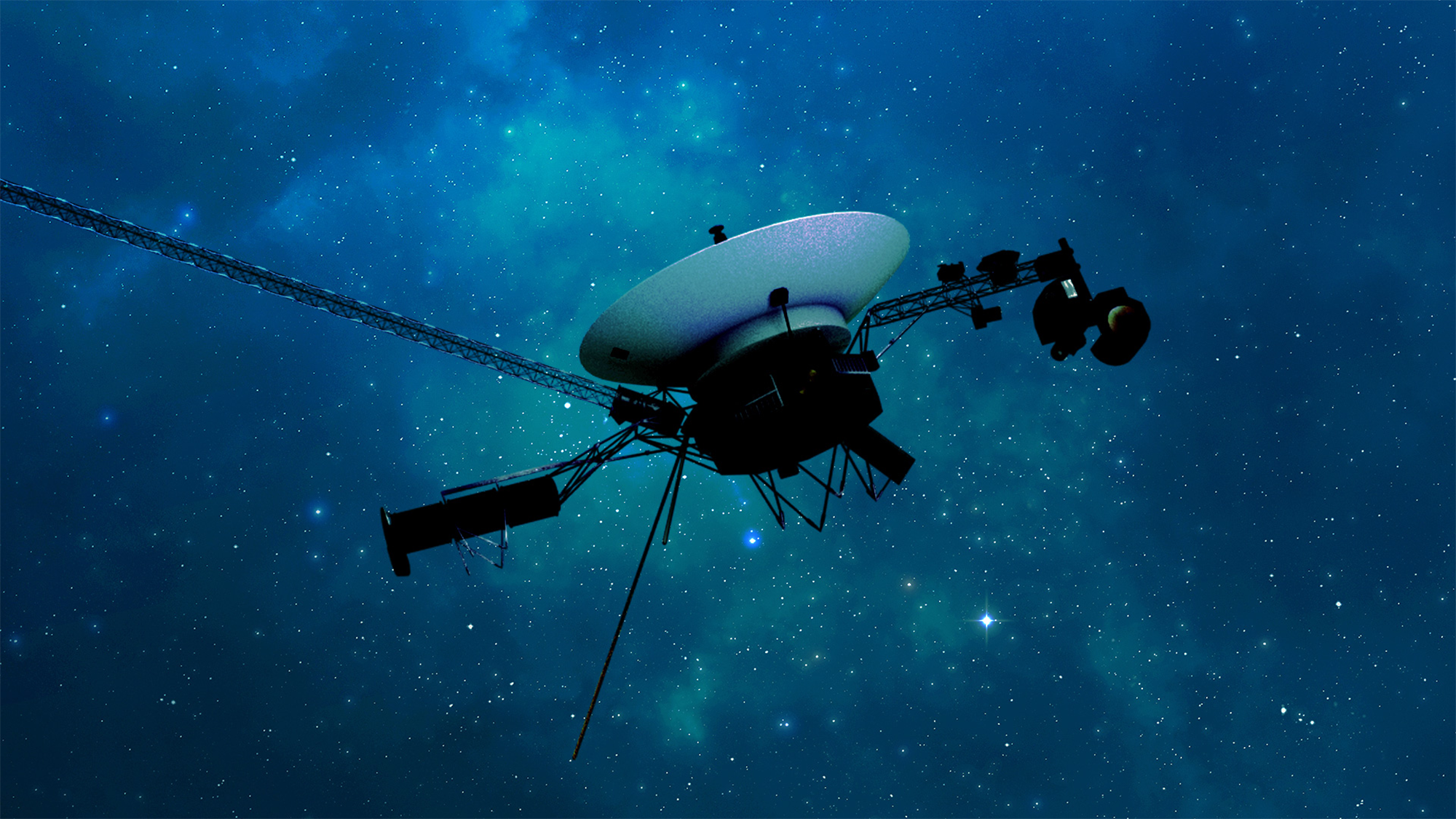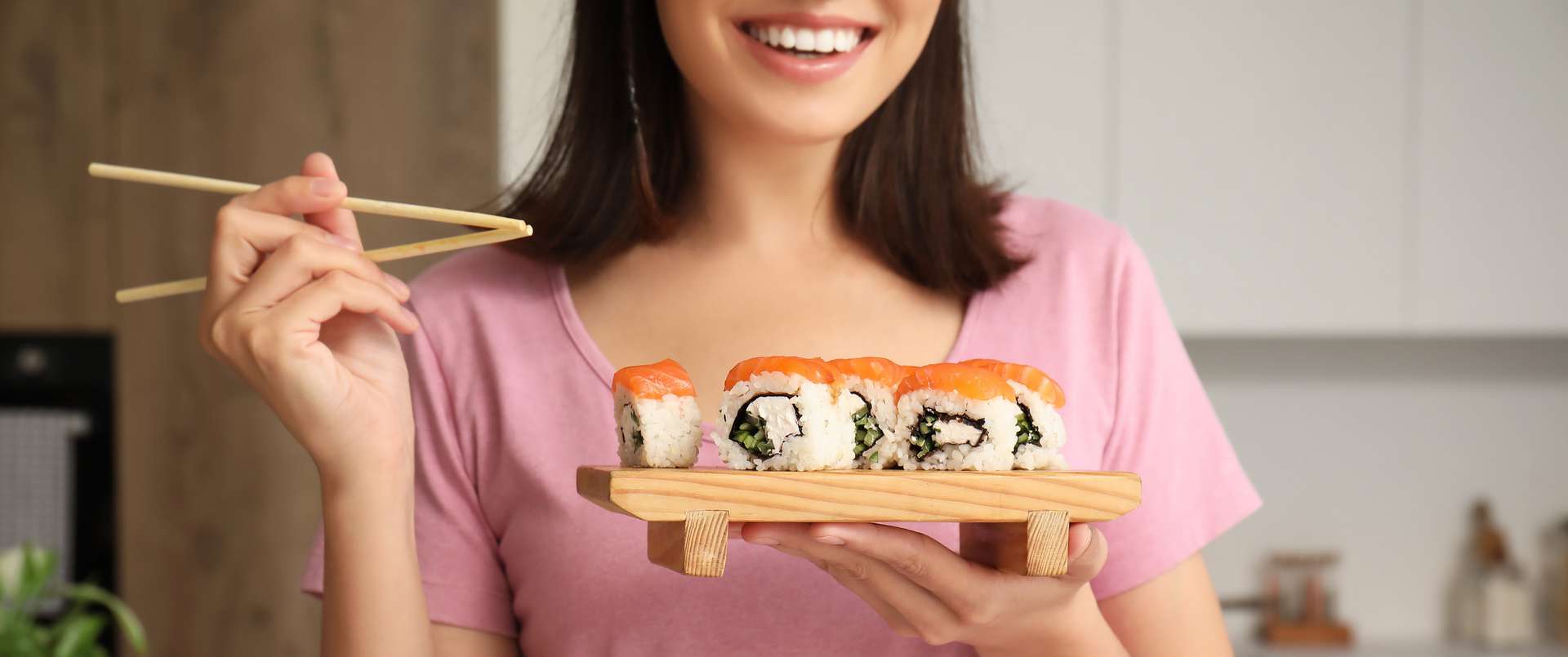
Many of you will be taking out pots and coarse salt on Sunday to prepare lobsters, a tradition many New Brunswickers have adopted to celebrate Mother’s Day.
Have you ever wondered, like Alexandra Chiason of Caraquet, why the shell of an emblematic New Brunswick crustacean turns red when cooked?
To find out, we turned to Audrey Morris, a professor in the department of chemistry at McGill University in Montreal.
The answer, she says, is hidden in a pigment, astaxanthin, which is found in large quantities in lobsters.
Light, rainbow of colors
Before we can explain what causes lobsters to blush, we must first understand what makes the things we see appear one color instead of another.
White light is actually a mixture of lights, made up of seven primary colors (violet, indigo, blue, green, yellow, orange, red). Combined together, they appear to us white. Nature sometimes gives us good evidence of this when it rains. When sunlight (white) passes through water droplets, each color separates – a process called refraction – to form a rainbow.
Although the colors in white light are often invisible, it is the color of the world around us.
A green apple seems to us green since all the colors of the rainbow in the light that hits it are absorbed, except for those that give color to the apple. This light is reflected, reaching our eyes which we perceive as green. In the same way, with the red apple, it is this color that bounces while the fruit absorbs all the other colors.
And lobsters in all of this? up there.
The story of protein and heat
As described earlier, the red color of cooked lobsters is explained by astaxanthin, a molecule of the carotene family. In its natural state, this dye is similar to that which gives the orange color to carrots.
In the shell of a live crab, the dye takes on a dark, multi-colored color due to the “protein prison” in which it finds itself.
Audrey Morris explains, “When astaxanthin is combined with these proteins, it distorts and twists, and its color can range from blue to yellow. When lobsters are alive, you see all these different colors and lobsters look brown to us.”
However, when cooking lobsters, the color changes because the proteins wrapped around astaxanthin are damaged by heat.
Thus, the pigment is freed from its shackles, and restores its natural shape from an elongated rod, changing the color of the light that it absorbs and reflects. In this case, astaxanthin absorbs all colors of the light spectrum, except for those responsible for the red-orange color known as cooked lobsters.
And blue lobsters in all of this?
Some lobsters look blue because the proteins that wrap around the astaxanthin have wrapped them in such a way that the dye now absorbs all but the blue. When the dye is denatured to the limit, it looks very, very blue,” Morris adds.
And if you immerse a blue lobster in a pot of boiling water, it will turn red for the same reasons. Under the influence of heat, the dye is released from its protein prison and restores its natural shape and color.
Albino lobsters
It also happens that fishermen end up with white lobsters in their cages.
Again, it is astaxanthin that is involved, but indirectly. In this white lobster, a genetic mutation prevents it from producing astaxanthin. They are devoid of natural pigment, therefore they appear white.
Likewise, people with albinism have very white skin because the genetic mutation means they are unable to produce melanin, the pigment in the skin.
A journalist at Acadie Nouvelle, Justin Dupuis holds a master’s degree in molecular biology. Every Saturday, he responds to the reader. You can send your question to him at the following address: [email protected]



freshidea-AdobeStock-ef12.jpeg)


